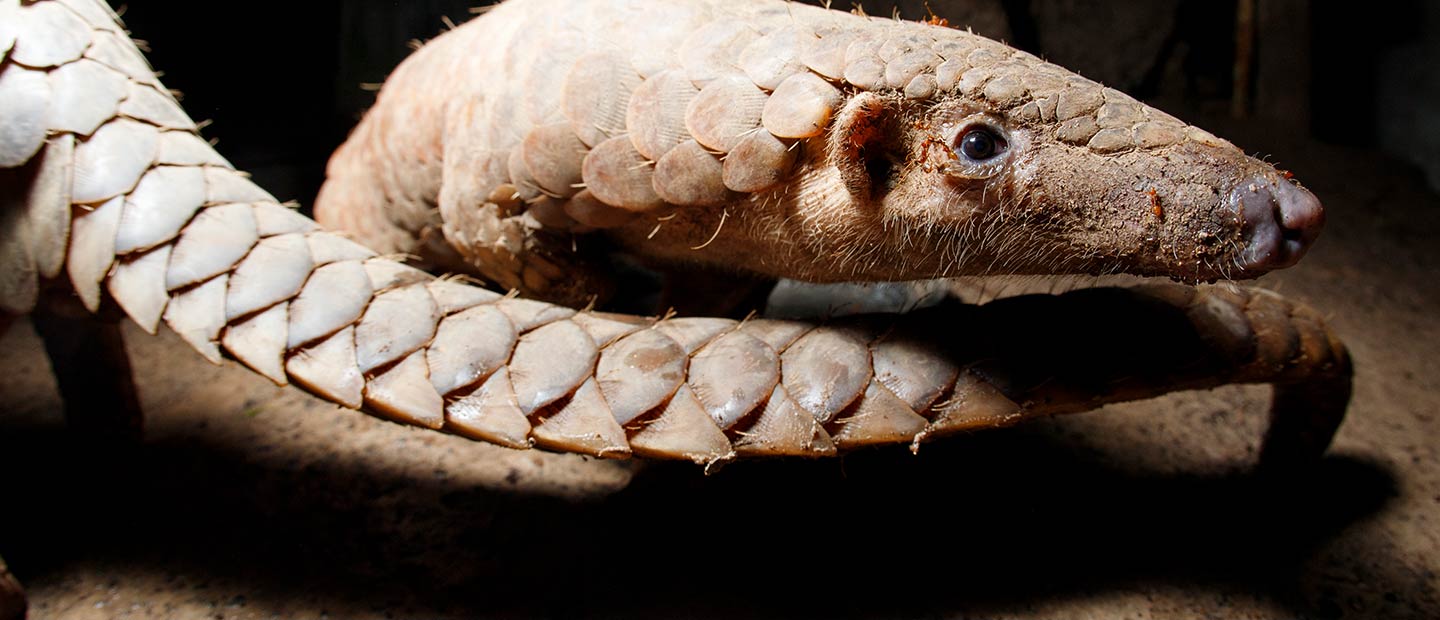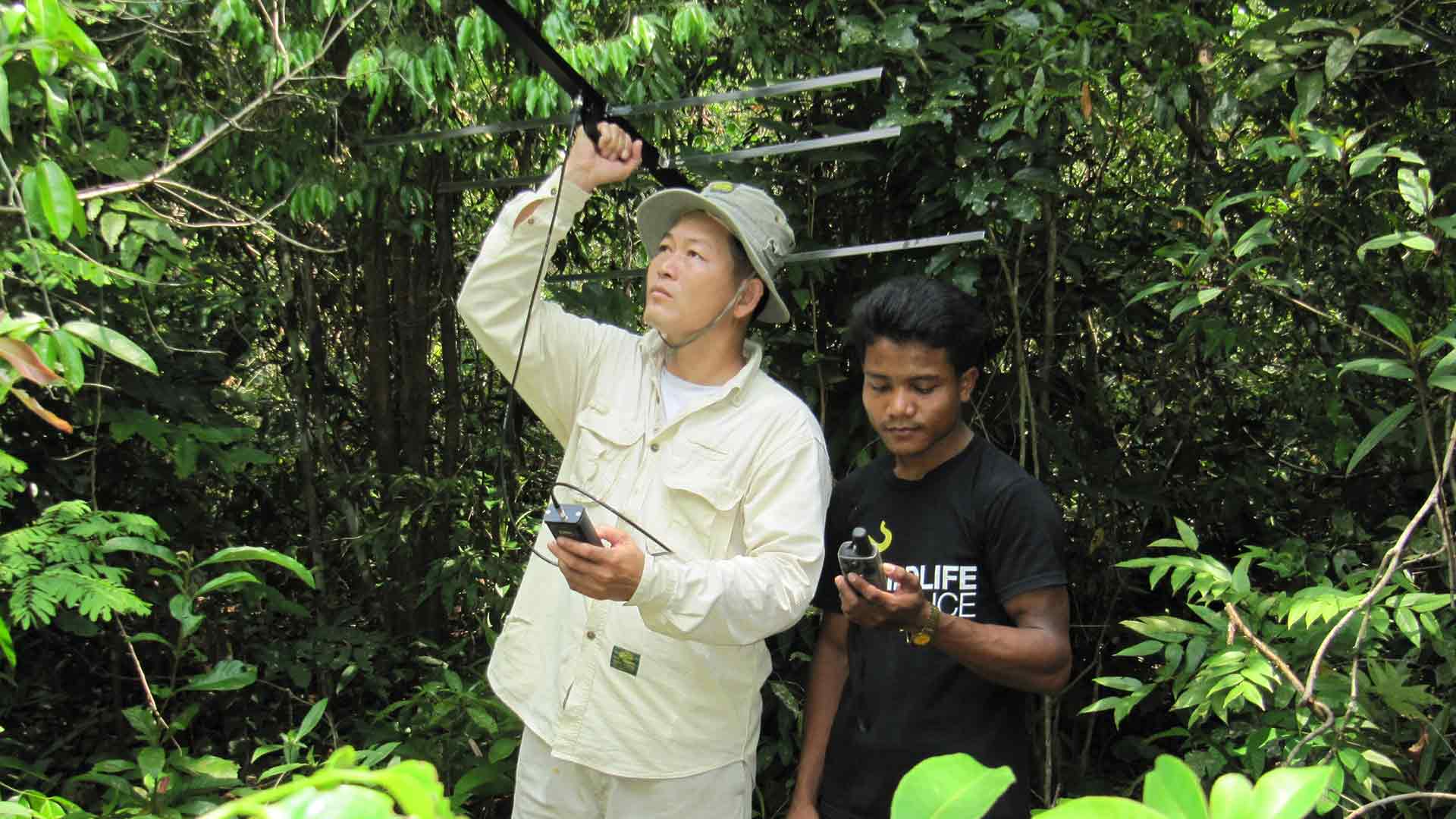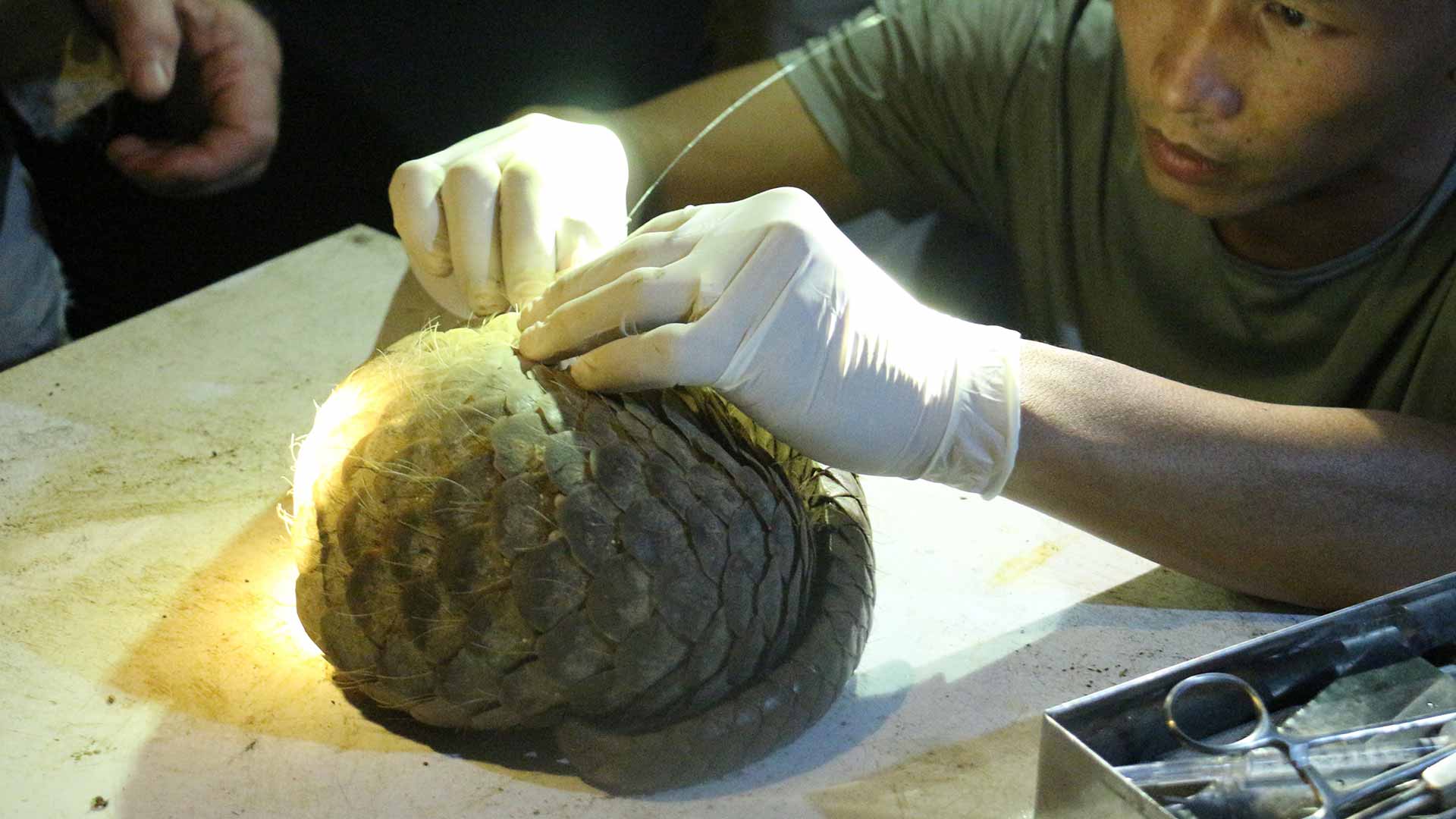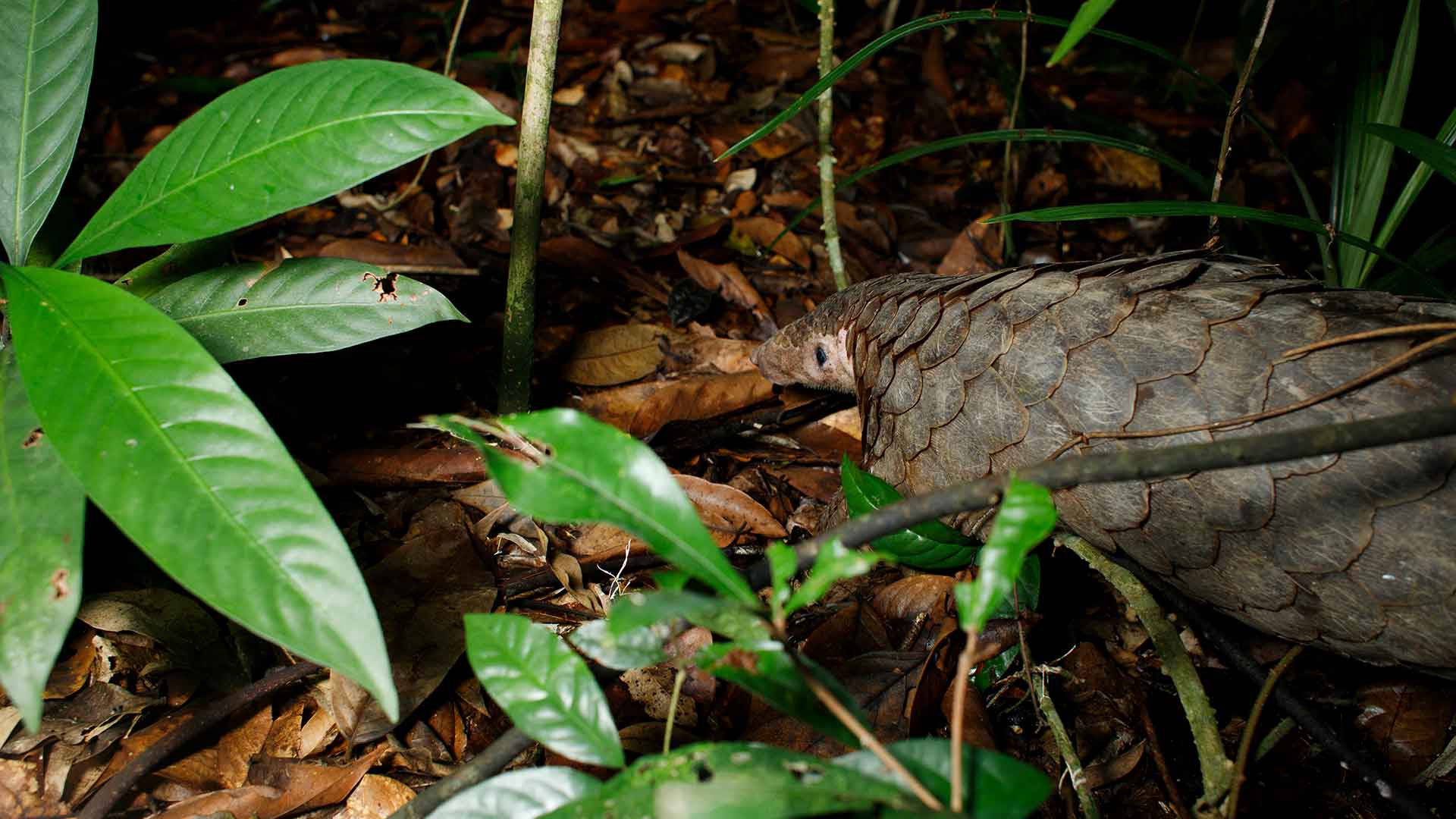How much do you know about our Wild Work? As a not-for-profit conservation organisation, Auckland Zoo is committed to safeguarding our beautiful planet, all of its remarkable species and spectacular landscapes, for generations to come. We bring you #Wildwork Wednesday to show you some remarkable people undertaking extraordinary work in New Zealand and abroad.
What do an artichoke, a pinecone and a tiny dinosaur have in common? They are all nicknames for one of nature’s most elusive yet fascinating creatures. At first glance, you too may view the pangolin as a prehistoric anomaly, what with its body of overlapping keratin scales, but there is more to these mammals than just their unique appearance.
In both Asia and Africa, termites are extremely abundant. While these insects play a vital role in the wild acting as natural soil decomposers, they can cause a lot of damage when introduced to man-modified environments such as wooden homes and buildings. In these environments, termites feed on natural materials and continue the act of decomposing and recycling. This causes termite destruction which is both a costly and arduous fix.
Thankfully, pangolins can prevent significant termite destruction as these bugs happen to be one of their favourite foods! Despite being fairly small in stature, an adult pangolin can consume around 300 grams of termites in one meal. By consuming a large amount of these insects, pangolins help protect delicate areas and help maintain a great ecological balance within them.
While pangolins are busy hunting for termites, they use their hard scales for protection purposes. When threatened, the mammal tucks into a near-perfect ball which is enough to stop predators such as big cats from biting through its outer ‘armour’.
Unfortunately, this protection tactic doesn’t hinder all predators.
When rolled up into a ball, poachers are easily able to collect pangolins from source countries in Asia and Africa and take them for the illegal wildlife trade in Asia. Their scales are used for medicinal and ritual purposes and their meat is considered a delicacy around these parts. As such, pangolins have become the most trafficked animal in the world. Now all eight pangolin species are protected under national and international laws, and two are listed as Critically Endangered on the IUCN Red List of Threatened Species. One of these is the Sunda pangolin (Manis javanica).





